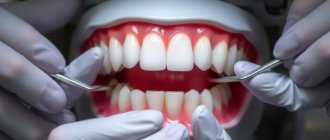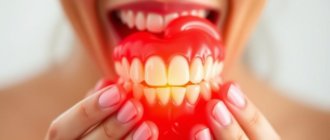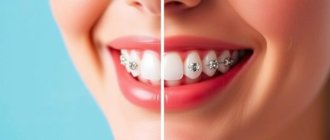Braces are a common orthodontic treatment, but deciding when your child needs them can feel overwhelming. Many parents wonder, “How do I know if my child really needs braces?” Understanding the signs your child needs braces is the first step toward ensuring they have a healthy, confident smile. While every child’s dental development is unique, certain red flags can indicate when it’s time to consult an orthodontist. This guide will walk you through the most important signs, helping you make informed decisions about your child’s oral health in a stress-free, clear way.
Содержание
Understanding the Role of Braces in Your Child’s Oral Health
Braces do much more than just straighten teeth—they support overall oral function and long-term dental health. When teeth are misaligned, they can cause problems chewing, speaking, and even impact jaw development. That’s why recognizing early signs your child needs braces matters. Orthodontic treatment during childhood helps guide proper tooth and jaw alignment, which reduces the risk of cavities, gum disease, and other complications down the road.
It’s important to know that the right time to start braces varies widely. Some children may need treatment as early as 7 years old, while others might benefit more by waiting until their permanent teeth have come in. Regular dental check-ups provide a great opportunity for your dentist to spot any potential issues early.
Common Signs Your Child Needs Braces
Identifying the signs your child needs braces isn’t always straightforward. Some problems are obvious, while others can be easy to overlook. Here are the common signs that suggest your child might benefit from orthodontic care:
- Crowded Teeth: When teeth overlap or don’t have enough space, it can be impossible to clean properly, leading to decay and gum problems.
- Gaps Between Teeth: Spaces between teeth, especially if unusually large, can cause food trapping and affect bite function.
- Overbite or Excessive Overjet: If the upper front teeth protrude far over the lower teeth, it can lead to wear or even injury to the front teeth.
- Underbite: Occurs when the lower teeth extend beyond the upper teeth, which might affect chewing and speech.
- Crossbite: When some upper teeth fit inside the lower teeth when biting down, causing uneven wear and jaw stress.
- Frequent Biting of the Cheek or Tongue: This can signal misaligned teeth or jaws that need correction.
- Difficulty Chewing or Biting: Your child may complain about discomfort or fatigue when eating.
- Mouth Breathing: While this can sometimes relate to respiratory issues, it is often linked to jaw and teeth alignment problems.
- Delayed Loss of Baby Teeth: If baby teeth do not fall out on time, permanent teeth might not erupt properly.
- Speech Difficulties: Lisping or difficulty pronouncing certain sounds can stem from misalignment.
How to Spot Crowded Teeth and Gaps in Your Child’s Smile
Crowded teeth are arguably one of the most visible signs your child needs braces. It’s quite common for kids as their adult teeth come in, but an overcrowded mouth can cause several issues. You might notice teeth overlapping, twisting, or pushing against each other in ways that make brushing tricky. This often leads to plaque buildup, increasing the risk of cavities.
On the other hand, gaps between teeth can look unusual and can sometimes point to missing teeth or an uneven bite. While some spacing is normal during tooth development, persistent or large gaps may require intervention. If you notice these signs, it doesn’t automatically mean braces are needed, but it’s worth an evaluation to prevent further complications.
Exploring Bite Issues: Overbite, Underbite, and Crossbite
Bite issues usually involve the relationship between upper and lower teeth. An overbite is when the upper teeth cover the lower teeth more than normal, often creating a pronounced appearance or a “bucktooth” look. Excessive overbite can cause damage to the gums or roof of the mouth due to constant pressure. An underbite, much less common but just as concerning, results in the lower teeth sticking out past the upper teeth and can affect speech and chewing.
Crossbites occur when upper teeth bite inside lower teeth on one or both sides. These bite problems can cause wear on teeth, jaw pain, or even lead to uneven jaw growth. Recognizing these can be tricky without a professional eye, but if your child’s bite looks uneven or you hear clicking or pain, these are strong signs your child needs braces.
Behavioral and Functional Signs Your Child Needs Braces
While appearance-based signs are easier to notice, some signs your child needs braces may show up through behavior. For example, consistent cheek or tongue biting can indicate misalignment. This happens because the jaws or teeth don’t come together correctly during chewing or speaking.
If your child complains about discomfort when biting or avoids certain foods, these might also signal an underlying problem. Speech difficulties are another signal—problems like lisping or trouble with sounds like “s” or “th” can be linked to how the teeth and jaw fit together.
Don’t ignore mouth breathing either. Although it can have other causes, it often correlates with orthodontic issues that affect airway size or jaw position.
The Role of Baby Teeth and Tooth Development
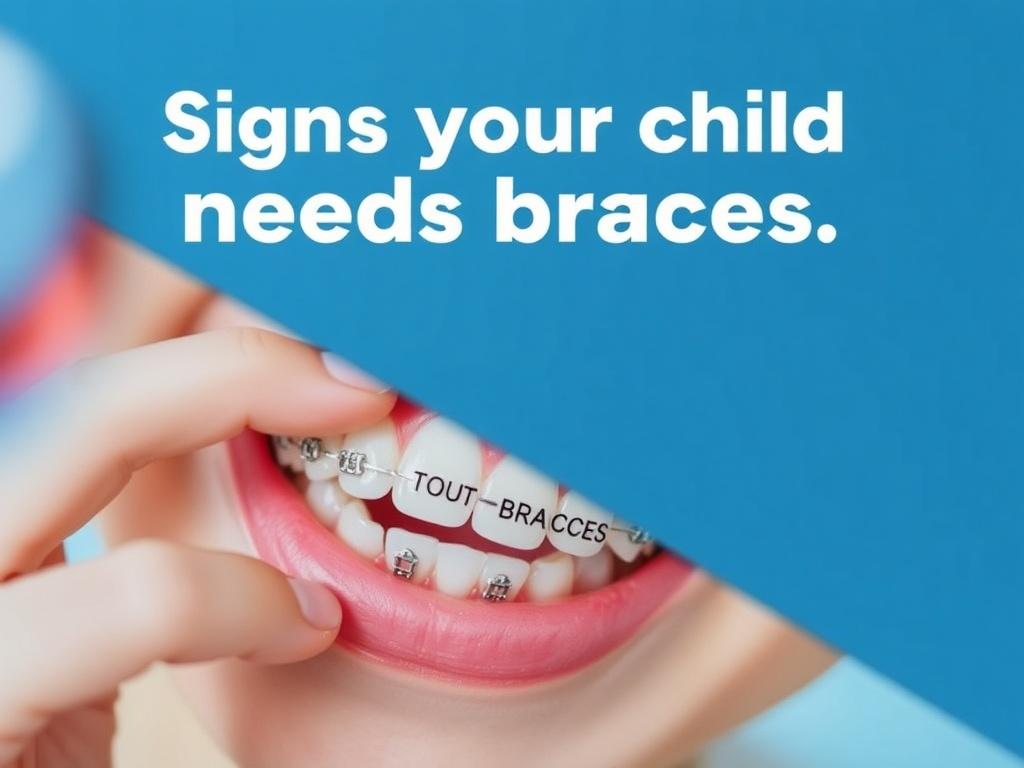
Timing is everything when it comes to braces. A key sign your child needs braces can be related to delayed loss of baby teeth. Baby teeth create space and guide permanent teeth as they come in, so if there’s a delay or crowding in the baby teeth, it increases the chance of misaligned adult teeth.
Your dentist or orthodontist might suggest early orthodontic treatment to correct space issues and allow proper jaw growth. Early interventions can simplify later treatment or make braces unnecessary.
When to Schedule Your Child’s First Orthodontic Evaluation
The American Association of Orthodontists recommends that every child have an orthodontic evaluation by the age of 7. Why 7? By this age, kids usually have a mix of baby and adult teeth, which helps the orthodontist see how the teeth and jaw are developing. Early detection of signs your child needs braces can prevent more complex problems.
Even if you don’t see any obvious problems, a professional evaluation offers peace of mind and can identify potential issues your eyes might miss.
What to Expect During an Orthodontic Consultation

When you bring your child to an orthodontist, the visit usually includes a thorough dental exam, photographs, X-rays, and sometimes impressions or digital scans of the teeth. This helps the orthodontist analyze jaw alignment, tooth position, and bite function.
They will discuss whether braces or other orthodontic appliances like spacers or retainers are necessary. If treatment isn’t urgent, they may recommend monitoring your child’s development over the next months or years.
Types of Braces and Orthodontic Appliances for Children
Many parents worry about how braces will affect their child’s daily life. There’s good news—orthodontic technology has advanced a lot, and the options are broader than ever:
| Type of Braces | Description | Best For |
|---|---|---|
| Traditional Metal Braces | Metal brackets and wires attached to teeth, adjustable during visits | Various alignment issues, durable and effective |
| Ceramic Braces | Similar to metal braces but tooth-colored for a more discreet look | Older kids or teens seeking less visible options |
| Lingual Braces | Attached behind the teeth, invisible from the front | Cosmetic-conscious children and mild to moderate misalignment |
| Clear Aligners | Removable plastic trays that gradually shift teeth | Older children with minor to moderate issues, excellent for hygiene |
Many young children first receive orthodontic appliances like expanders or retainers aimed at guiding jaw growth and maintaining space. Understanding the options helps parents prepare their child mentally and physically.
How to Help Your Child Adjust to Braces
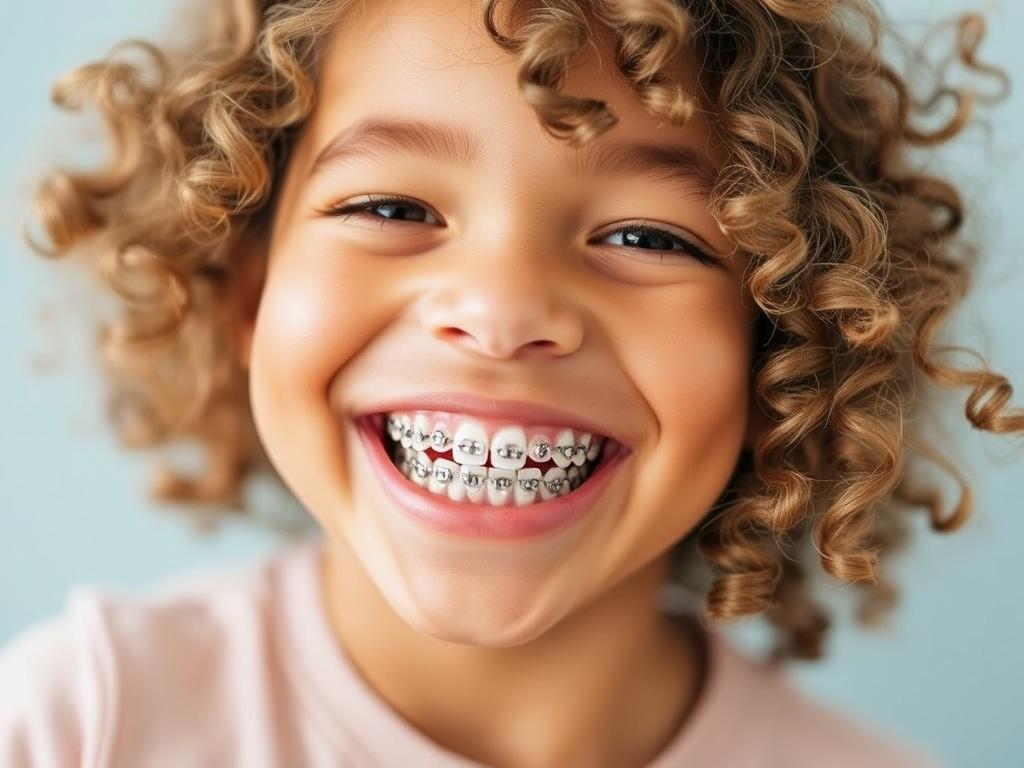
Starting braces can feel intimidating for kids, especially if they don’t understand why they’re necessary. Preparing them with clear explanations, positive reinforcement, and patience is important.
Here are some helpful tips:
- Explain the benefits of braces in a simple, positive way, focusing on health and confidence.
- Encourage questions and share stories from others who have had braces.
- Teach proper oral hygiene to avoid cavities and discomfort.
- Help your child adjust eating habits by avoiding hard, sticky, or crunchy foods initially.
- Schedule regular orthodontic visits and celebrate progress to keep motivation high.
Orthodontic treatment is a journey, but with your support, your child can handle it with confidence and come out with a fantastic smile.
Monitoring Your Child’s Dental Health After Treatment
Braces don’t stop your involvement once the hardware comes off. Retainers and follow-up visits are a crucial part of keeping the results long-lasting. Parents should remind kids to wear retainers as directed and maintain good brushing and flossing habits.
Regular dental checkups remain essential to catch any issues early and preserve a healthy, beautiful smile.
Conclusion
Recognizing the signs your child needs braces can feel daunting, but being informed makes the process easier and less stressful. From crowded or spaced teeth to bite issues and behavioral signals like mouth breathing or difficulty chewing, these clues help guide the right moment for orthodontic care. Starting braces at the best time supports not only your child’s confidence but also their long-term oral health. Early consultations, a range of treatment options, and dedicated parental support make this journey manageable and rewarding. Remember, a healthy smile is the foundation for a lifetime of wellbeing, and spotting the signs your child needs braces is the first step to achieving it.


